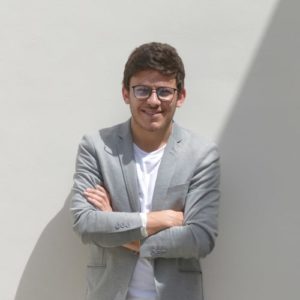Al Suwayda, Syria, is where the artist was born in 1991… By the time Al Braehe was old enough to be accepted into his undergraduate program at the University of Fine Arts of Damascus, the university had expanded its campus and built a branch in Al Suwayda… it was in the contained environment of his village in Al Suwayda that he proceeded to practice his painting. It was by virtue of the artist’s development in that precise habitat, that the work was able to translate the talent in its authenticity and in accompaniment of cultural values inherited by the artist from his indigenous Druze surrounding. In an article published by the Atassi Arts and Culture Foundation, which focuses on Syrian artists, the artist is asked about his thoughts on critics comparing his work to the French impressionists, most notably Henri Matisse and Paul Gauguin. Al Braehe shares that he is flattered by these comments and that perhaps it is the common affinity towards nature in both his and the impressionists’ works, that ushers the critics to say so. He adds that he had been painting, long before he had access to the Internet and discovered who these maestros are.
Al Braehe unconsciously gives elements of nature their own character in his paintings….he saw in nature something that he wanted to share. But that desire, he says, started indoors and not outdoors. Al Braehe’s mother was a seamstress for the village. While he was not allowed into the fitting rooms where his mother would dress the women, a young Al Braehe hid under the table and watched as colorful fabric unfolded. He gathered colorful woolen threads from his mother’s studio and placed them side by side in the quest to find the most sight-provoking color combinations. This was at the root of his studies in coloring and soon enough, as he describes, everyone saw trees to be green and he knew that they were much more than one color. The artist explains that there is a reason why his coloring looks patchy, almost like a pattern sown on fabric.
By Mira El-Khalil
